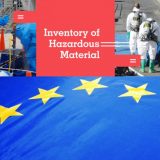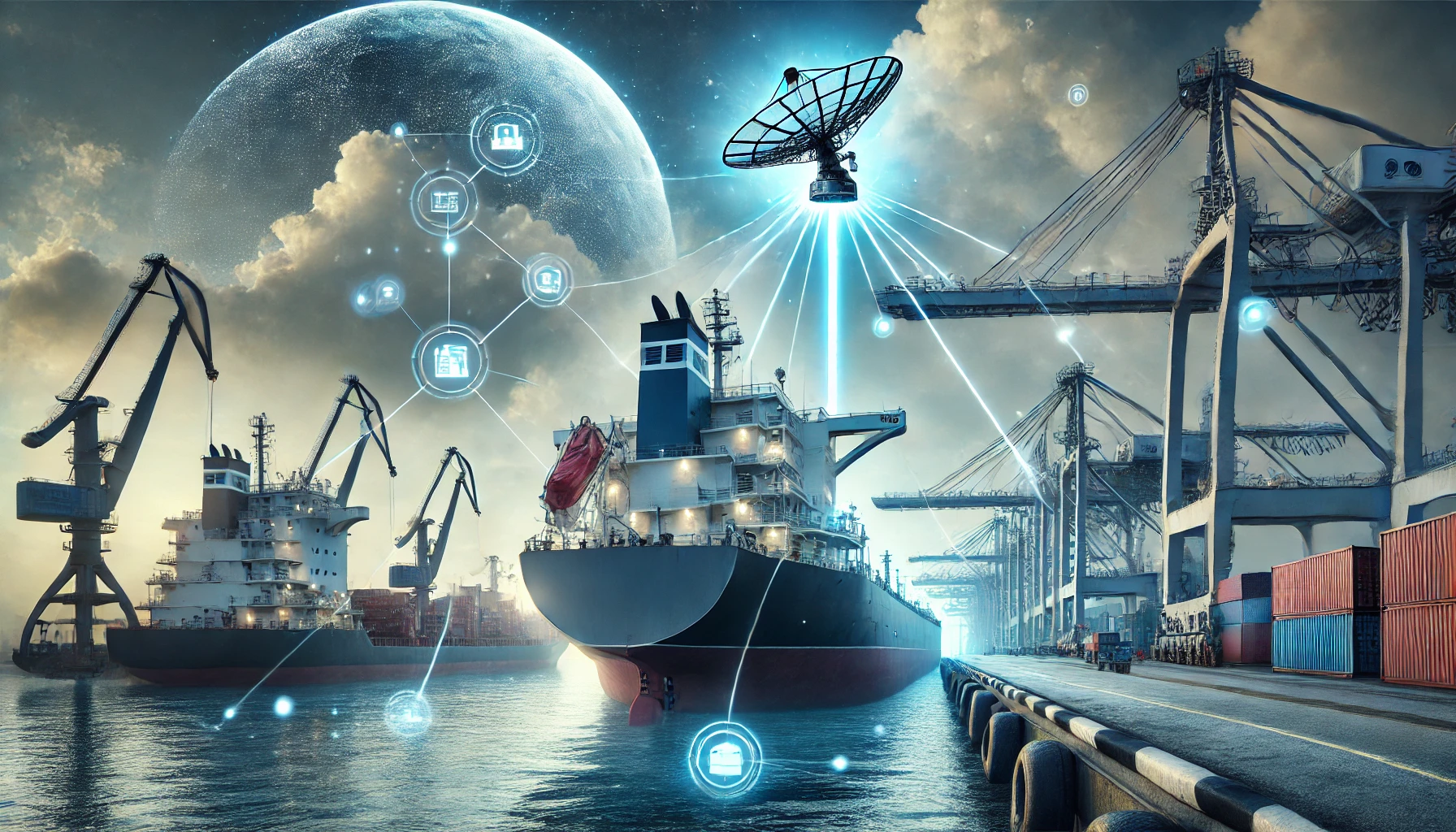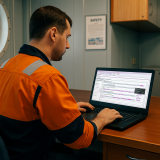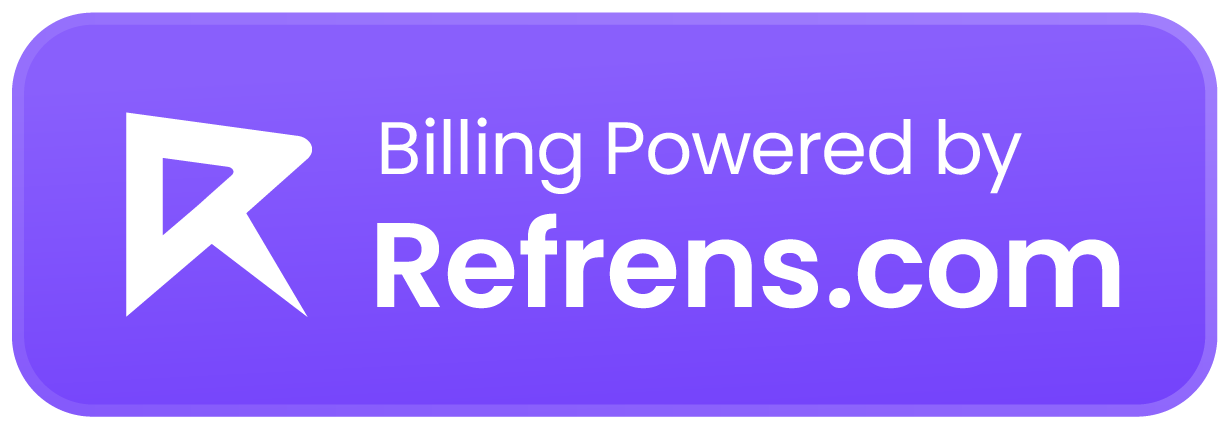The IMO’s (International Maritime Organization) new Sulphur regulations, IMO 2020, will have far-reaching consequences for the global trade community. During the 17th session of MEPC (Marine Environment Protection Committee) meeting at London on 28th Oct. 2016, International Maritime Organization (IMO) took a landmark decision which will enforce a new regulation from 1st of Jan. 2020.
According to this regulation, the marine sector emissions in international waters will be slashed even outside the emission-controlled area: ECAs (Emission Control Areas; The Baltic Sea Area, The North Sea area, The United States, Canada, and the United States Caribbean Sea area).
The ships now have to reduce their Sulphur emission by over 80% – 85% by switching to Lower Sulphur Fuel.
The current maximum fuel oil limit of 3.5% m/m will fall to mere 0.5% m/m. This regulation will see the largest reduction in the Sulphur content of the transportation fuel under taken at any time in the history.
IMO 2020: The basics, the challenges, and how to lessen its impact on you
What is IMO 2020? (Sulphur cap)
Due to the high level of pollutants in the exhaust of the bunker currently used to power some 60,000+ ships globally, the IMO is going to implement a new regulation regarding these fuels on January 1, 2020. The regulation will require ships to use a fuel that’s better for the environment or undergo physical upgrades to accommodate either of two alternate solutions, effectively reducing Sulphur emissions by more than 80%.
Ships and carriers use heavy fuel oil that contains Sulphur. During the combustion in the ship’s engine, the fuel emits gases that contain Sulphur which harmful to the environment and its ecosystems. To reduce this pollution IMO has passed the regulation that puts a 0.5% cap on Sulphur in marine fuels. This regulation will be implemented from 1st January 2020 and it is a major step towards Sustainability.
Compliance with this new standard will primarily be achieved through the burning of low-Sulphur fuel, although compliance choices include other methods like the use of scrubbers and liquid natural gas (“LNG”) as fuel. Under this regime, the primary responsible party in the freight market will be the vessel owner or operator.
Ships and carriers will gradually limit SO(X) emissions by replacing the current fuel IFO380 with Very low Sulphur fuel oil (VLSFO) or using Liquified Natural Gas (LNG) as fuel or by installing exhausted gas cleaning systems (ECS) for their existing fuel.
The move towards a greener future may cost for surely but it won’t cost our environment!
This has been done to curb pollution and make the industry greener and world more sustainable.
Duration of disruption may last around for 3 years down the line but alternative scenarios range from one to five years, Disruption still underway if HSFO-LSFO spread incentivizes previously uneconomic refinery optimization.
Implications & Possibilities (post IMO implementation)
So the next question is Why this reduction? & Why now?
One of the pillars of IMO is MARPOL (prevention of Marine Pollution in international waters). The ships use the lowest grade of fossil fuel today. Most of the marine fuels which are used on-board ships, use high Sulphur up to 3.5% m/m. The burning of this fuel in ships are main engines, boilers and generator engines and produces exhaust containing Sulphur oxide (SOX) which then reacts with water, oxygen and other chemical to form Sulphuric acid n secondary inorganic aerosols.
Sulphur is also ozone depleting substance which cause harmful rays reaching to earth surface, this done mixed with water and other compounds of atmosphere and turn into the acid rain which is harmful not only to the environment but also to humans – causing diseases lie asthma, lung cancer, stroke and other pulmonary diseases.
Actually, this is not at all recent. If you follow the previous IMO holdings the first reduction came in 2005 by set a limit of 4.5% m/m of Sulphur cap. Later in the year 2012, it was further reduced to 3.5% m/m. The decision to make it 0.5% m/m in 2020 was taken way back in 2008 and it got ratified in 2016 in the 17th session of MEPC meeting.
So, this is not sudden. Ship-owners got ample to prepare for this regulation. Following a typical business mind set-up, most of the shipping companies did not expect regulation to come so early even after the resolution was adopted 28th Oct. 2016. Shipping companies still believed that implementing such a strict regulation will not be possible at least till 2020. However, as the time approached, everyone realized the Doom’s day is near.
Here are the available options for vessel owners:
- Switch to a low-Sulphur fuel
- Implement on-board scrubbers that process the exhaust created by current fuel
- Convert fuel supply to liquid natural gas (LNG)
The IMO will allow each carrier to select the option that works best for its fleet. In development for more than five years, the regulation—referred to as IMO 2020—may cost the industry upwards of $15 billion in 2020. If a carrier opts for scrubber installation or engine conversion to accommodate LNG, these processes will cost approximately $1 million per ship, with each upgrade taking between 30 and 60 days, depending on the size of the vessel.
Landmark set of regulations that will cost carriers $15 billion per year
Now everyone is rushing to the shipyard for fitting different equipment or retrofitting to ensure they comply with IMO 2020 and not get fined or detained by different regulatory authorities.
Hence, we are looking at such a hype for IMO 2020. One of the biggest impacts are operating and preparation cost of the ships.
To understand the impact on the ship-owners, let first understand – how current ship-owners can comply with this regulation:
Reduction in Sulphur content done by – Fitting an exhaust gas cleaning system which will treat the exhaust and reduce the SOX emission to the desirable limit value. Shifting to a cleaner compliant fuel such as low Sulphur oil Shifting to alternate fuel such as Liquefied Natural Gas, Methanol, Ethanol or Bio-fuel using Shore Power in port.
While complying with this new regulation the shipping company will have following impact:
- Huge cost in fitting an exhaust cleaning system which can go from 6-12 M USD per ship depending upon the size of the ships.
- Maintenance and operation cost of exhaust cleaning system
- Higher fuel bill if switching to cleaner and compliant fuel
- For company having fleet of 200-250 ships, the cost can go up to 1.5 B USD when using liquefied natural gas as a fuel which is costly and the owner needs to modify the engine and boiler for consumption of LNG which will incur additional cost this all can cost up to 20-30 M USD per ship to the owner
- Apart from these investments, to procure technology or the compliant fuel, the ship-owner will need to invest in training of the seafarers for the technology fitted on board such as exhaust scrubber etc.
- Clean and dedicated tank for low Sulphur fuel
- Make arrangement to store liquefied natural gas on board ship
- Make arrangement to bunker liquefied natural gas on board ship
- Fuel oil transfer line modification to avoid contamination of fuel – to acquire compatible grade of lube and cylinder oils
- Modification in engine and boilers to burn LNG fuel
- Comply with documents and paperwork of the compliant fuel
While complying with this new regulation, the petrochemical refineries will have following impact:
- Expected to witness price spikes in 2020 as refiners and chemical producers adjust to the new environment
- Key petchem feedstock naphtha outlook hinges on balance between marine fuels and gasoline
- Propylene/OlefIns production likely to be affected
- Rising container freight rates expected to have minimal polymers impact on total cost
- Aromatics producers hope for wider product margins, but full impact remains hazy
- Chemical shipping tankers eyeing LSFO to fundamentally improvement
- For chemical shipping tanker segment supply-demand balance may improve
- Shipping market will expect more LNG demand after the mandate implementation
- Methanol will be more expensive due to unfavourable density and energy levels
Reducing sulphur emissions by utilizing low sulphur fuel oils in shipping vessels will help reduce greenhouse gas emissions by at least 50% by 2050 compared to 2008 requirements. That’s 8.5 million metric tons annually
Surcharges passed on to shippers
Once carriers implement their solution, it is expected that they will charge an additional fee per container thought to be between $100 and $300, based on load factor, vessel size, route, and other factors. In trade lanes where surcharges would exceed the actual shipping costs, some carriers may opt to implement a smaller surcharge.
New fuel will likely cost more than current bunker fuels and fuel surcharges will likely be added by carriers & its expected to increase freight rates by at least 15% to 30% in 2020
As carrier begins to adjust their rates, then down hierarchy players such as NVOCCs, LSPs, Trucking, Warehousing etc. will also need to update freight tariffs accordingly.
Near term concern: Capacity issues in Q3 and Q4 will outweigh the surcharge
While the per-container surcharge is a factor that has been discussed, the immediate issue has nothing to do with the added costs that will be passed on to shippers. The real issue is the disruption caused by the new regulation.
If carriers choose to outfit their fleets with scrubbers or convert them for LNG consumption, the ships will need to be dry-docked until work is completed—older ships will be decommissioned and scrapped. It’s simply too cost prohibitive to retrofit older vessels.
All of this could create a capacity shortage that will last into the peak pre-holiday season. Worse, it may last months, certainly into early 2020, and perhaps more than a year.
The cost of IMO 2020 non-compliance on government authorities
Individual countries are responsible for monitoring compliance and enforcing the new regulations. Both the state of registry of a ship and port states have rights and responsibilities to enforce compliance. According to the IMO, ships of all sizes will need to use fuel oil that meets the 2020 regulations.
At this time, the IMO does not allow exemptions to the regulations. That said, if a ship cannot obtain compliant fuel oil, they can complete a fuel oil non-availability report (FONAR). The port state control can take this into account when processing, but this does not qualify as an exemption for that vessel.
Impact of IMO 2020 Non-Compliance on the business trade
Vessels are integral to the energy trade. Refiners, shippers, suppliers, owners and vessel operators cannot afford the penalties of non-compliance. A vessel provides economies of scale to transport feedstock (crude or other feedstocks) or refined products to market. Each party is incented to avoid delays in the supply chain and avoid unnecessary delays, penalties or fines.
Business trade efficiencies would be hurt based on being caught for non-compliance.
- The first cost is FINANCIAL. As with the case in the U.S. Virgin Islands, the shipowners and operators incurred a penalty. The $3 million was meant as a signal to other potential offenders. Some owners and operators may be able to cover the $3 million without issues. Most cannot and will suffer financially.
- The second cost is to REPUTATION. The energy supply chain is based on relationships and working with reputable parties to provide for feedstocks or deliver finished products. More and more, energy companies are getting savvy in only dealing with players that have a good reputation. Still recent in the minds of refiners are the issues with fraudulently issued Renewable Identification Numbers under the Renewable Fuels Standard program. There are numerous cases of fraud by the U.S. Department of Justice for those that tried to deceive. These individuals and companies were placed on “blacklists” and circulated amongst the reputable companies.
- The third cost of non-compliance is TIME. The Ocean Princess was anchored at the port in the U.S. Virgin Islands and detained along with the crew while the investigation was underway. That represents a huge cost to the supply chain where each party tries to run lean, just-in-time inventory. A detained ship means that product was either not delivered or picked up according to schedule. That imposes other delays downstream in the process, affecting overall inventory and increasing costs unnecessarily.
How can you prepare?
With IMO 2020 just around the corner, it is essential that all parties seek to implement robust compliance plans and due diligence of their counter-parties—including charter parties, fellow shippers, vessel owners and operator and bunker fuel sale counter-parties.
- Shipping early to avoid the capacity shortage, and arrange for domestic storage if required
- Optimize flexibility in the event your first or second option are blank sailings
- Diversifying shipments so that no single carrier has all of your product and understanding how using multiple carriers can work for you in periods of limited capacity
- Considering air freight for certain shipments
- Reconfirm allocations and forecasts for coming months to help prepare in advance
For all of its good intentions, IMO 2020 is adding new layers of stress to a system that has already endured many months of stress due to the U.S./China tariff war—and will surely endure many more. Like the ones caused by the escalated tariffs, the changes caused by IMO 2020 will require importers and exporters to work with logistics experts to find solutions that preserve the integrity of supply chains and the profitability of their businesses.
Preparing for a New Marine Freight World
With the new regulation soon to go into effect companies must ask themselves what is to be done. Companies must plan and think about managing their supply chain effectively. It’s paramount that shippers, refiners, marketers and traders prepare now so fines don’t mount, and trade flows aren’t further disrupted. Refiners must focus on relationships with suppliers and other logistics companies now to negotiate term deals for fuel.
Final thoughts
The new IMO 2020 regulations reducing sulphur oxide emissions to less than 0.50% will have a significant impact on today’s shipping industry. But it’s important to remember that these regulations are not the first sulphur oxide emissions standards. Previous requirements did not cause a significant fuel shortage or permanently increase prices.
There is no doubt, this new regulation has a significant positive effect on the environment.
However, the increased cost of cleaner ocean freight shipping would get passed along to the shipper and eventually to the consumer.
Credits: Alphaliner, BCG, Google Images, MARPOL & IMO







